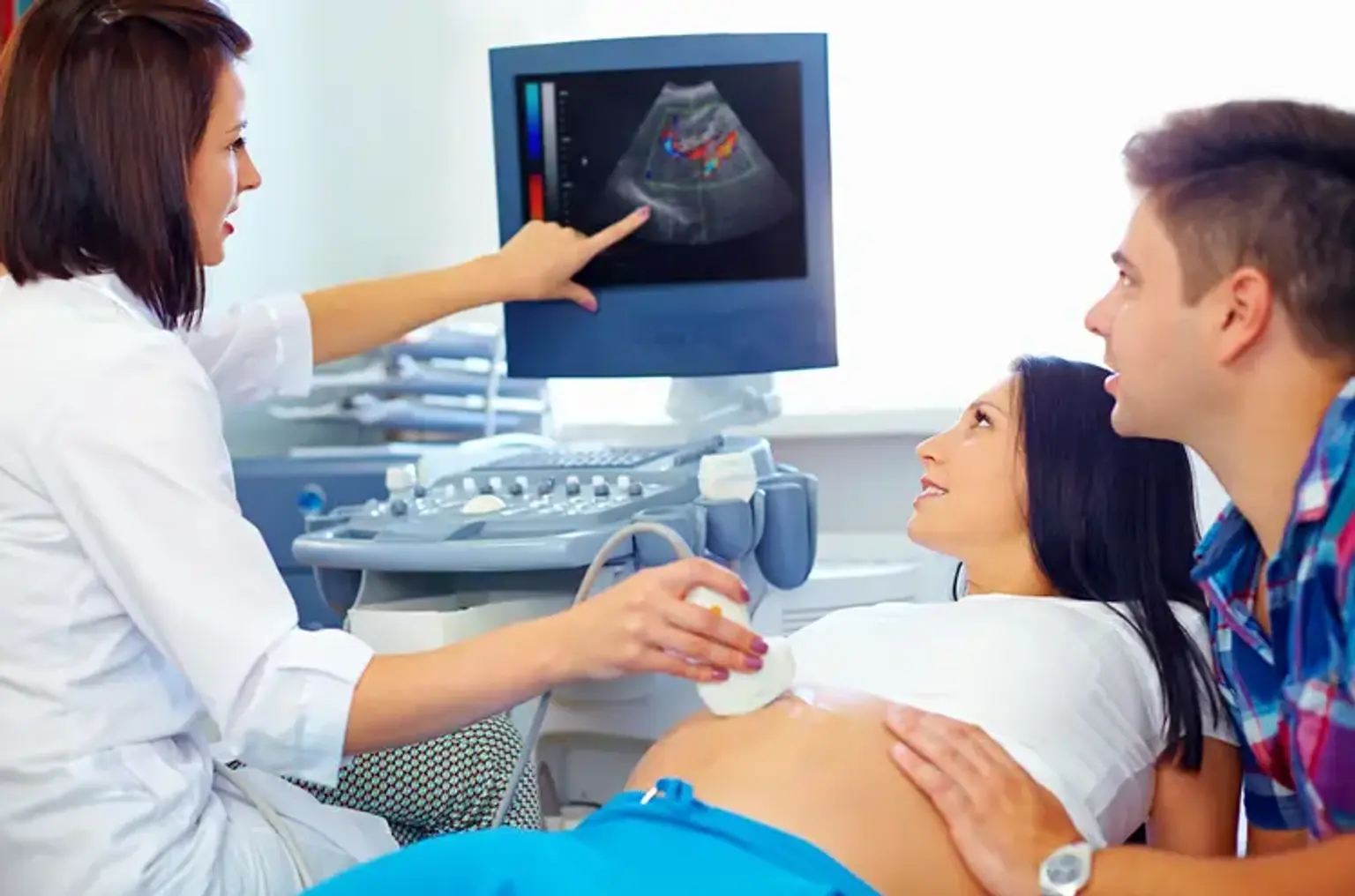Fetal Deformity
Overview
Every year, an estimated 240 000 infants die within 28 days of birth owing to birth deformities. A further 170 000 children between the ages of one month and five years die as a result of birth deformities.
Congenital abnormalities, congenital disorders, and fetal malformations are all terms for birth defects. They are structural or functional abnormalities (for example, metabolic disorders) that arise during intrauterine life and can be recognized prenatally, at birth, or in certain cases only later in infancy, such as hearing problems. Congenital term refers to the presence at or before birth.
